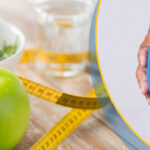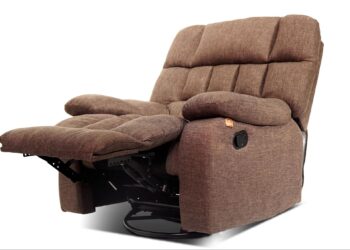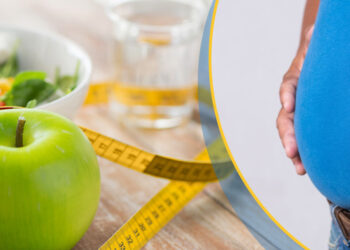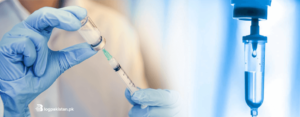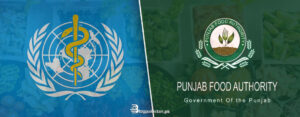Acne treatments and drugs are very effective and can help to cure your acne problem, however, they are very expensive and not everyone can afford them. Apart from affordability, they also have some mild and severe side effects, such as skin irritation and redness.
Many people have turned to natural acne remedies at home as a result of this. In reality, nearly 77% of acne sufferers have sought non-prescription acne therapies. However, if you’re looking for an alternate therapy, you do have options.
This article looks at some of the more common acne home remedies.
What Are The Causes of Acne
Acne occurs as the skin’s pores get clogged with oil and dying skin cells. Pores an Oily material called sebum. Extra sebum can clog your pores which allows bacteria like P. acnes to grow.
P. acnes is attacked by the white blood cells, resulting in skin irritation and acne. While some cases of acne are more severe than others, whiteheads, blackheads, and pimples are also normal signs.
Acne can be caused by a variety of causes, including genetics, diet, stress, hormonal fluctuations, and infections. The most common cure for acne is standard pharmaceutical treatment. You may also try home remedies, but further study into their efficacy is needed.
Grape Cleanser
Grapes are a refreshing snack that can be consumed straight, halved as a salad topping, or frozen for a nutritious dessert. However, when you think about acne remedies, grapes are perhaps not the first thing that comes to mind.
Resveratrol, which is found in the skin of red grapes, may have antibacterial properties against Cutibacterium acnes. C. acnes, formerly known as Propionibacterium acnes, is a bacteria found in the sebaceous glands that causes acne.
So take a few fresh grapes from the refrigerator and you’ve got yourself a simple facial cleanser. Round two to three grapes in half and apply the pulp to your face and body. After that, shower with cold water.
Cucumber Face Mask
If you’ve ever seen a salon, you’ve also had cucumber slices placed on your eyes to relieve puffiness — and it’s possible that this isn’t a sham procedure.
Cucumbers have a cooling effect on the scalp, which helps to relieve inflammation, swelling, and discomfort. As a result, they may be able to help with acne-related inflammation.
Acne occurs as the oil gland and follicle become inflamed, resulting in swollen, angry bumps on the scalp. A cyst can form as acne grows deep inside the skin and fills with oil. When the cyst wall ruptures and the oil is exposed to the deeper layers of the skin, a strong inflammatory response is common.
Blend one tiny cucumber with one cup of oatmeal to make a paste. Apply 1 teaspoon [tsp] of this paste to your face with 1 teaspoon [tsp] of yoghurt. Keep it on for 30 minutes or more and then gently rinse it off.
Simple Honey Mask
Honey has a wide range of therapeutic effects. Honey’s antibacterial properties can help heal burns and wound infections, as well as inhibit the growth of C. acnes.
Rinse your skin with warm water before applying this mask. Then add the honey to the skin and keep it on for 30 minutes. Rinse the honey with warm water to remove it.
Yeast and Yogurt Mask for Oily Skin
Yogurt and other fermented dairy products can help to improve skin health. Yogurt is a probiotic that has been found to prevent the growth of C. acnes.
To make the mask, whisk together 1 teaspoon brewer’s yeast and a small amount of plain yoghurt to make a thin paste. Apply it to all sticky places properly and keep it on for 15 to 20 minutes. Since rinsing with warm water, cover the pores with cold water.
Oatmeal Facial
Oatmeal’s anti-inflammatory properties are naturally relaxing and can help alleviate inflammation from dermatological conditions such as rashes, erythema, burns, itching, and eczema.
Oatmeal has anti-inflammatory, hydrating, and skin-protecting properties. While it isn’t designed to cure acne, it can help soothe dry, inflamed skin. People who use potentially annoying acne medications are often advised to use oat-based moisturisers.
2 tablespoons oatmeal, 1 tablespoon baking soda, and enough water to make a paste Apply the paste to the whole face and softly massage it in. After that, give it a comprehensive rinse.
Turmeric Facial Mask
It has been shown to reduce the incidence of skin disorders such as acne, alopecia, atopic dermatitis, oral lichen planus, pruritus, and psoriasis. This is mostly due to the spice’s anti-inflammatory, antimicrobial, and antioxidant effects, as well as its ability to greatly improve the severity of acne, alopecia, atopic dermatitis, oral lichen planus, pruritus, and psorias
Spice shops and ethnic grocery stores stock the ingredients for this acne treatment.
To make a paste, mix 1/2 cup chickpea flour with 2 teaspoons per turmeric powder, sandalwood powder, and ghee (clarified butter) or almond oil, and enough water to make a paste. Apply and leave on for 5 to 10 minutes before rubbing the paste away with both palms and fingertips. Rinse well with water.
Homemade face masks can help clear acne and rejuvenate the skin, and all of these recipes use standard pantry and refrigerator ingredients. To treat pimple-prone skin, try one or more of these treatments and see how the skin reacts.
Let us know how successful these home remedies were for you in the comments section below.




